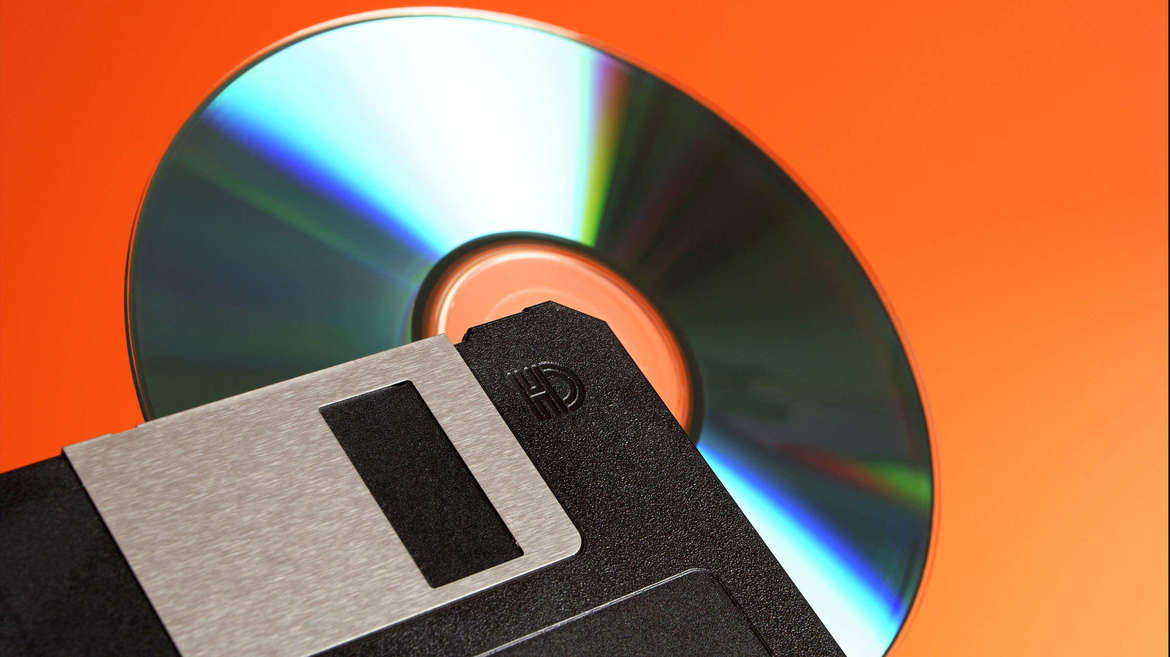From texts and tweets, to emails, archives, digital photos and videos, it seems the only thing vaster than the amount of data we have on Earth is the universe. So how do we store it all?
Source: SyFy Wire
Right now, the only way to stash the 10 trillion gigabytes of data on this planet, a number that increases by 2.5 million gigabytes every single day, is in exabyte (1 billion gigabytes) data centers. That will have to hold what we have for now — but it won’t forever. With every YouTube video that goes viral and every explosion of drama on Twitter, we keep putting out way too much data. But scientists may have actually figured out what we’re going to do with it in the future. We could store it just like our bodies store the biological data otherwise known as DNA.
It seems like a bio-digital mashup, but James Banal, who led a study recently published in Nature Materials, thinks it can happen.
“Modern data storage systems require hundreds to thousands of atoms to store a single bit,” Banal tells SYFY WIRE. “With DNA, you can store a bit of data within the approximately 30 atoms that make up the nucleotides of DNA.”
When many molecular units, or monomers, bond together, they create a polymer like DNA. Artificial DNA could prove extremely useful when it comes to storing the neverending data that we produce. Memory systems that rely on single molecules to store data are not impossible, but even though research on these methods continues, and IBM was able to succeed at its own version (which is basically the smallest magnet ever), they are difficult to manufacture. Both DNA and nuclei acids are much easier to synthesize. They can also be synthesized to scale, so no matter how much data is thrown at this kind of storage, it can be scaled up or down.
Another advantage of DNA is its inherent toughness. Though it can degrade (something that plagues archaeologists and paleontologists), it has also shown how long it can survive. The oldest genome sequenced so far is that of a million-year-old mammoth. Even older fragments of DNA have been unearthed.

Decomposition would also be highly unlikely if data stored as DNA was kept in a controlled environment, where it wouldn’t have to be exposed to the elements like fossils or relics of ancient civilizations. DNA is also a thousand times denser than flash memory and does not experience energy burn.
“DNA is a pretty robust molecule,” Banal says. “We can recover DNA material from fossils many years ago and the DNA in these fossils has experienced extreme environments. Even without cold storage, DNA can be kept for a long time and retain the information it holds, which is why it doesn’t consume energy once it’s made.”
Banal and his team were able to encapsulate data files into capsules of silica so tiny, they would make computer chips look positively gargantuan. They used an existing chemical approach that they then modified. Using silica as a repository for all that information doesn’t mean you will be able to retrieve whatever files you want later. This is why molecular “barcodes” were attached to the capsules. These short strings of DNA work similarly to label stickers in the sense that you don’t have to open a capsule to find out what is inside, or like the metadata you can write into an image so it shows up in searches.
This is only the beginning of a new frontier of data storage. Synthesizing DNA can get expensive, and the process also takes a while, but that isn’t discouraging the researchers. Neither is the need for a system that can both read and write DNA sequences. Speed and efficiency will improve, and there will eventually be a reduction in cost as methods to fast-forward data storage improve. Banal knows what needs to be done next, and believes we are already living in the future.
“We have to work on how to make the entire process of encapsulating and labeling faster, which will require microfluidics — moving liquids, the size of raindrops or smaller, and moving them raindrops together using tiny pipes and plumbing,” he says. “It’s an exciting time as we move towards a new era of computing.”
Source: SyFy Wire

































Leave a Comment
You must be logged in to post a comment.